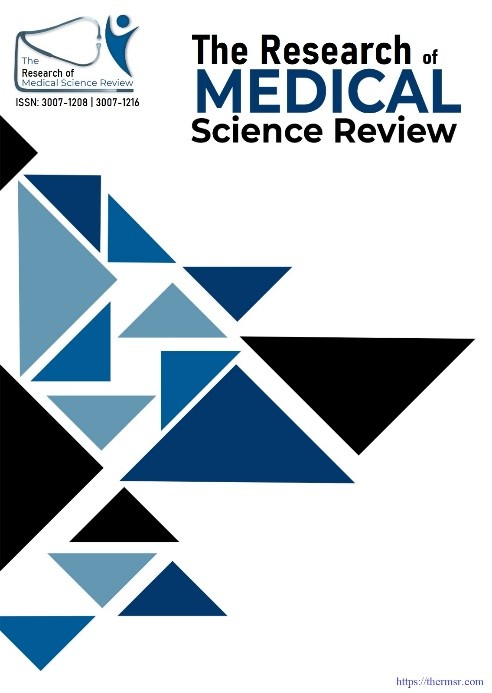FREQUENCY OF HYPERURICEMIA IN PATIENTS TAKING ANTI TUBERCULOSIS DRUGS AT A TERTIARY CARE HOSPITAL
Main Article Content
Abstract
Background
Hyperuricemia is a known side effect of anti-tuberculosis treatment, most commonly linked with pyrazinamide and other first-line drugs. Even though its clinical importance is undeniable, the extent of the syndrome in local populations is not fully understood and is not established in relation to demographic factors.
Objective
To determine the frequency of hyperuricemia in patients taking anti tuberculosis drugs at a tertiary care hospital.
Study Design
Cross-sectional observational study.
Duration and Place of Study
The study was conducted from December 2024 to April 2025 at the Department of Pulmonology, Ayub Teaching Hospital, Abbottabad.
Methodology
A total of 115 individuals between the ages of 18 and 65 years on conventional anti-tuberculosis treatment took part in the study. Hyperuricemia was taken to be serum concentration of uric acid of >7 mg/dl in men and >6 mg/dl in women. Uric acid was measured at the third month of treatment duration. Data on age, gender, BMI and residential and socioeconomic class was collected.
Results
The overall prevalence of hyperuricemia was 66.1%. Significant associations were found with age >50 years (100% prevalence), male gender (94.1%), BMI >25 (100%), rural residency (91.5%), and both low (85.2%) and high (100%) socioeconomic status groups (p < 0.001 for all).
Conclusion
Hyperuricemia is a common side effect of anti-tuberculosis treatment, especially in high-risk demographic groups.
Downloads
Article Details
Section

This work is licensed under a Creative Commons Attribution-NonCommercial-NoDerivatives 4.0 International License.
